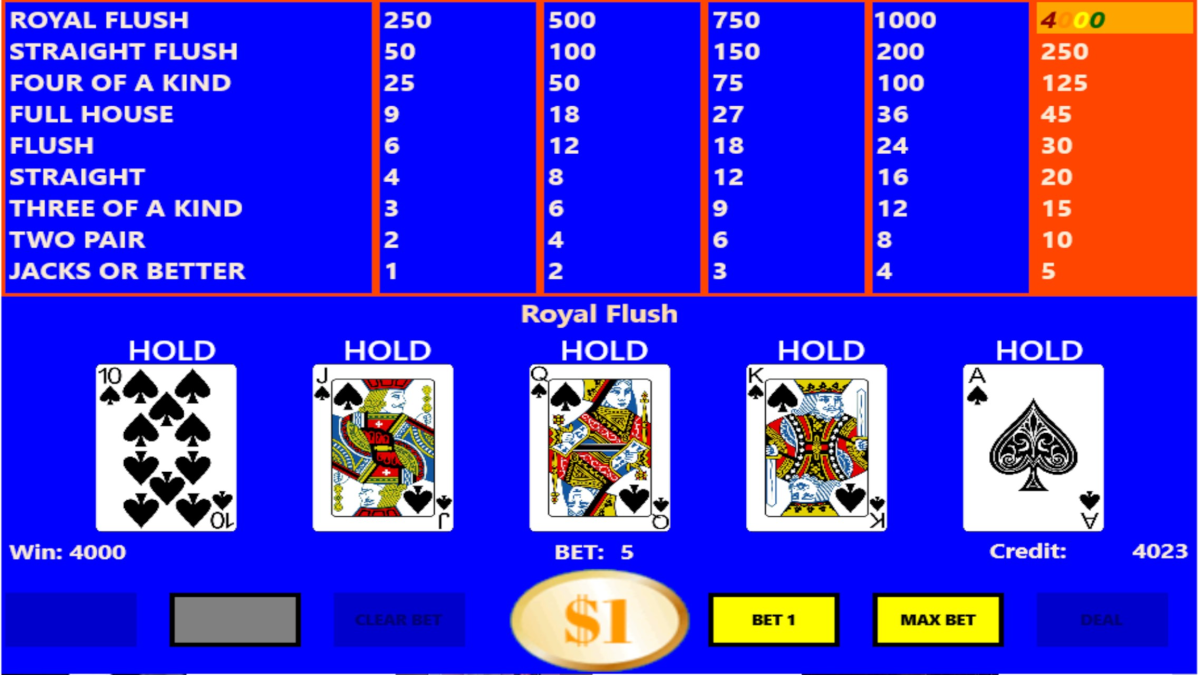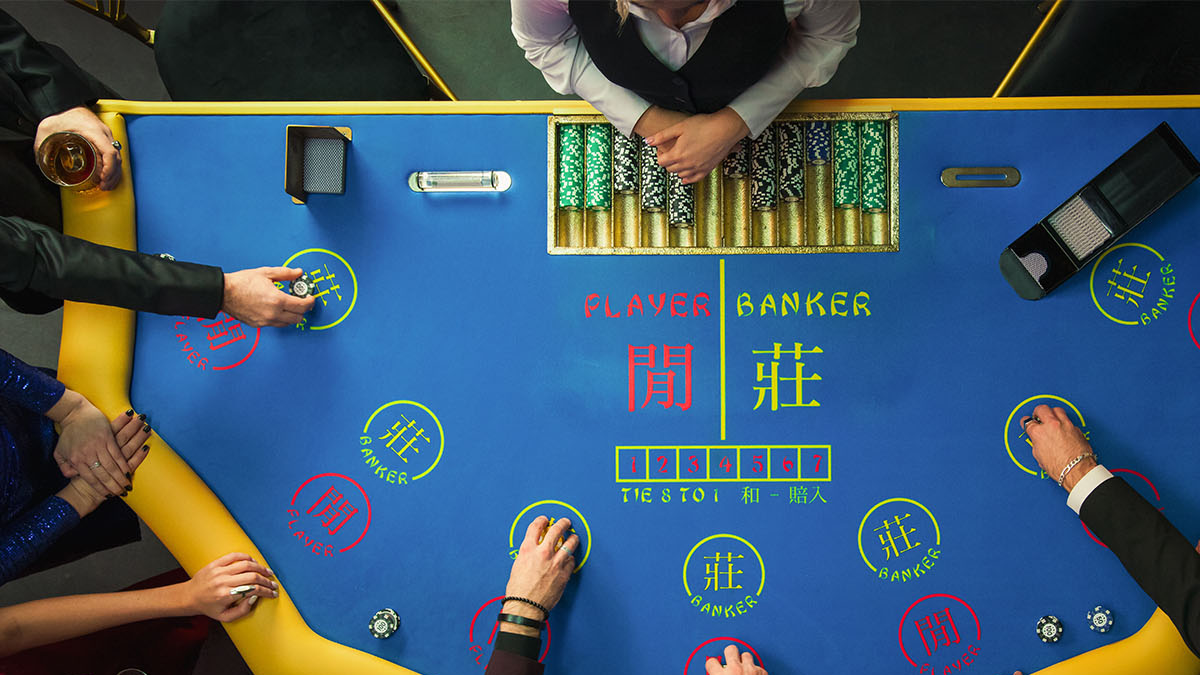Why is blackjack so popular with mathematically-minded players?
Blackjack stands apart from other casino games because it offers something most gambling doesn’t: the illusion—and sometimes reality—of player control. Unlike roulette or slot machines, where outcomes are entirely random, blackjack combines chance with strategy in a way that appeals to analytical minds.
The game’s mathematical foundation rests on finite probability. With only 52 cards in a deck (or 312 in a six-deck shoe), every card dealt changes the odds for subsequent hands. This creates a dynamic probability landscape that skilled players can navigate using mathematical principles.
Mathematical players are drawn to blackjack’s basic strategy—a mathematically optimal way to play every possible hand combination. Developed through computer simulations of millions of hands, basic strategy reduces the house edge to its absolute minimum, typically around 0.5% when played perfectly. This represents one of the lowest house edges in any casino game.
The appeal extends beyond just low house edges. Blackjack offers intellectual engagement through decision-making. Every hand presents choices—hit, stand, double down, split—and mathematics provides clear answers about which choice maximises expected value.
What is the mathematical foundation of basic strategy?
Basic strategy emerges from expected value calculations for every possible player hand against every possible dealer upcard. Computer programmes have analysed billions of hand combinations to determine the mathematically optimal play in each situation.
The calculations consider several factors: the probability of busting with another card, the dealer’s likelihood of busting based on their upcard, and the expected return from various playing options. For instance, when holding 16 against a dealer’s 10, basic strategy dictates hitting despite the high bust probability because standing yields an even lower expected return.
Card composition effects add another layer of complexity. A 16 made up of 10-6 plays slightly differently than one made of 7-9 due to the removal of specific cards from the deck. However, basic strategy charts use the most common scenarios for practical application.
The mathematics also account for doubling down and splitting pairs, which can significantly improve expected returns in specific situations. Doubling on 11 against most dealer upcards, for example, takes advantage of the high probability of drawing a ten-value card.
Is it possible to beat the casino at blackjack?
Yes, but with significant caveats. Card counting represents the primary method by which skilled players can gain a mathematical edge over the house. This technique tracks the ratio of high cards (tens, face cards, aces) to low cards remaining in the deck.
When the deck becomes rich in high cards, the player gains several advantages: higher probability of natural blackjacks (which pay 3:2), increased dealer bust rates, and more favourable doubling situations. Card counters adjust their betting accordingly, wagering more during favourable counts and less during unfavourable ones.
The most famous counting system, Hi-Lo, assigns values of +1 to low cards (2-6), -1 to high cards (10-A), and 0 to neutral cards (7-9). Players maintain a running count and convert it to a “true count” by dividing by the estimated number of decks remaining.
However, beating blackjack requires more than just counting cards. Successful players must master bet sizing, playing deviations from basic strategy based on the count, and bankroll management. They also need sufficient capital to weather inevitable losing streaks.
The edge gained through counting is typically small—often just 1-2% in the player’s favour during positive counts. This means winning requires playing thousands of hands, making it more of a long-term investment than a quick profit scheme.
Is card counting legal?
Card counting itself is perfectly legal. Players are simply using their mental abilities to track publicly available information—the cards that have been dealt. Courts have consistently ruled that thinking isn’t cheating.
However, casinos are private businesses with the right to refuse service to anyone. While they cannot prosecute card counters, they can ban them from their premises. Most major casinos maintain databases of known counters and share this information.
The legality becomes murky when players use devices to assist with counting. Electronic aids, hidden computers, or smartphone apps cross the line into cheating and can result in criminal charges. Similarly, team play—where multiple players work together to gain an advantage—may be considered conspiracy to defraud, depending on the jurisdiction.
In the UK, the situation is similar. The Gambling Commission doesn’t prohibit card counting, but casinos can exclude players they suspect of gaining an unfair advantage. The key distinction lies between using one’s mind versus using external aids or engaging in collusion.
How do different blackjack variations affect the house edge?
Blackjack rules significantly impact the mathematical advantage, with seemingly minor variations creating substantial differences in expected return.
Dealer hitting soft 17 increases the house edge by approximately 0.22% compared to dealer standing on all 17s. This rule gives the dealer additional opportunities to improve weak hands, particularly when holding an ace.
Blackjack payouts dramatically affect the mathematics. Traditional 3:2 payouts for blackjack give the player roughly 2.3% of their total advantage. Games offering 6:5 payouts increase the house edge by approximately 1.4%, making them significantly less favourable.
Doubling restrictions also matter. Games allowing doubling on any two cards are more player-friendly than those restricting doubling to specific totals like 9, 10, or 11. Each restriction typically adds 0.1-0.2% to the house edge.
Surrender options benefit players when available. Early surrender (before the dealer checks for blackjack) reduces the house edge by about 0.6%, while late surrender provides roughly 0.08% benefit. These options allow players to forfeit half their bet in clearly disadvantageous situations.
Number of decks affects the mathematics in several ways. Single-deck games generally offer the lowest house edge, but casinos often compensate with less favourable rules. Multi-deck games make card counting more difficult and slightly increase the house edge due to reduced probability of blackjack and less effective doubling situations.
Which blackjack variations offer the best mathematical advantage?
Single-deck blackjack with favourable rules represents the mathematical pinnacle for players. The best possible rule set includes: dealer stands on soft 17, doubling allowed on any two cards, doubling after splitting permitted, early surrender available, and traditional 3:2 blackjack payouts. Such games can offer a house edge as low as 0.02%.
However, these favourable single-deck games are increasingly rare. Most casinos offering single-deck blackjack compensate with 6:5 payouts or other player-unfriendly rules.
European Blackjack presents interesting mathematical properties. The dealer doesn’t check for blackjack until after players complete their hands, which affects doubling and splitting strategy against dealer aces and tens. This typically increases the house edge by about 0.11%.
Spanish 21 removes all tens from the deck whilst adding liberal rules like player blackjacks always winning and bonus payouts for specific hands. Despite the favourable rules, the removal of tens creates a house edge of approximately 0.76% with optimal play.
Blackjack Switch allows players to swap cards between two hands, but blackjacks only pay even money, and dealer 22 pushes against player totals of 21 or less. The house edge ranges from 0.13% to 0.18% depending on specific rules.
Most casinos will offer a number of these variations, but it will differ from one casino to the next. One of the leading sites for blackjack online in the UK is Pokerstars, where it’s possible to find several of the variants mentioned above. It’s worth checking the specific rules of their games before you start, as they may vary from the odds stated here.
What mathematical mistakes do most players make?
The biggest mathematical error involves ignoring basic strategy. Many players rely on hunches or follow “never bust” strategies, significantly increasing the house advantage. Playing by feel rather than mathematics can increase the house edge to 2-5%.
Insurance bets represent another common mistake. This side bet pays 2:1 when the dealer has blackjack, but the true odds are 9:4 against in a single deck (worse in multi-deck games). Insurance consistently favours the house by approximately 7.5%.
Many players misunderstand splitting pairs. The mathematics clearly favour splitting aces and eights in almost all situations, whilst never splitting tens or fives. However, emotional considerations often override mathematical logic.
Progressive betting systems like the Martingale appeal to players but cannot overcome the mathematical house edge. These systems can increase volatility but don’t change the fundamental mathematics of the game.
Finally, players often fail to consider bankroll requirements. Even perfect basic strategy players will experience losing streaks. Without adequate capital relative to bet size, mathematical advantages become meaningless as players risk going broke before the long-term edge manifests.
The mathematics of blackjack offer genuine opportunities for skilled players, but success requires discipline, study, and proper application of mathematical principles. Understanding these concepts transforms blackjack from a game of chance into a calculated intellectual challenge.


